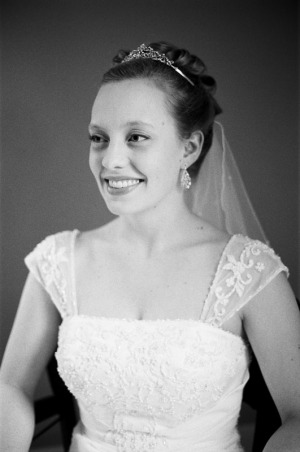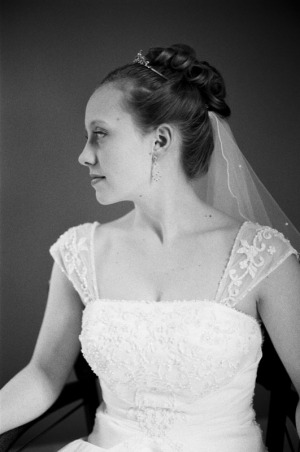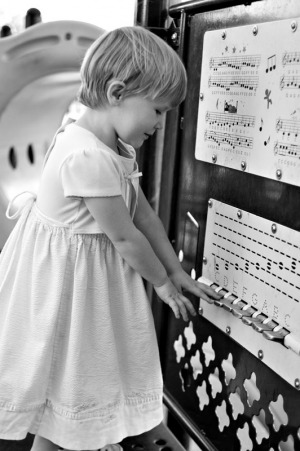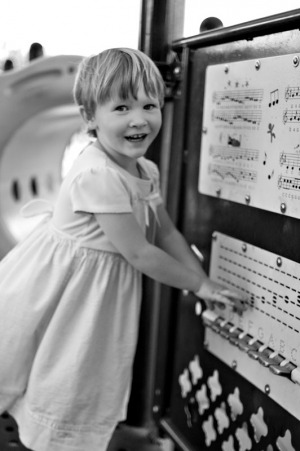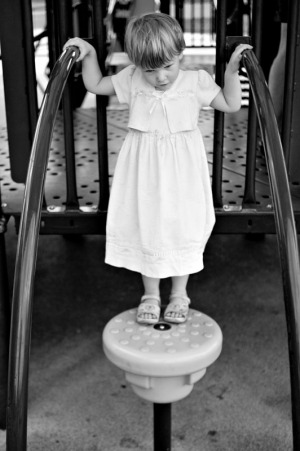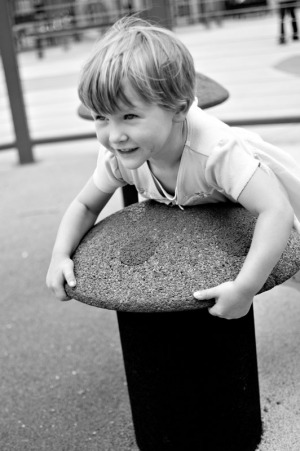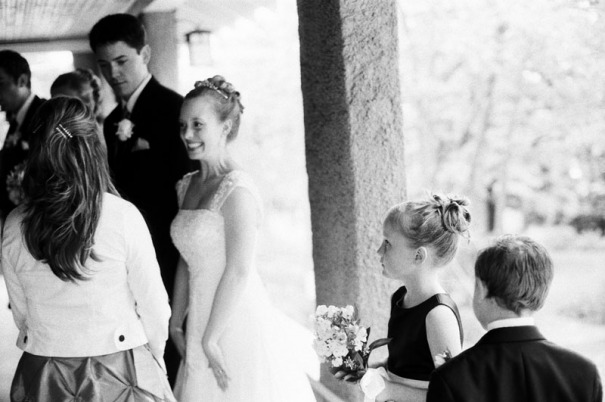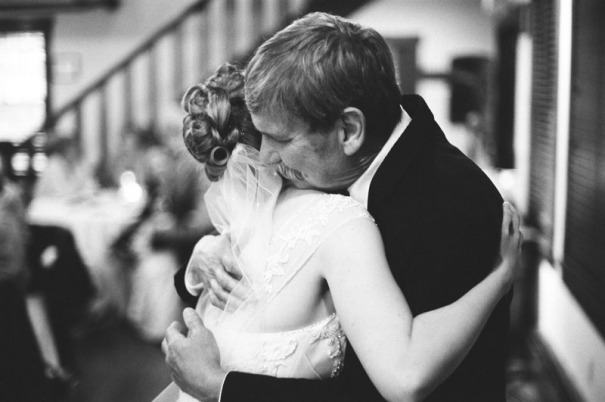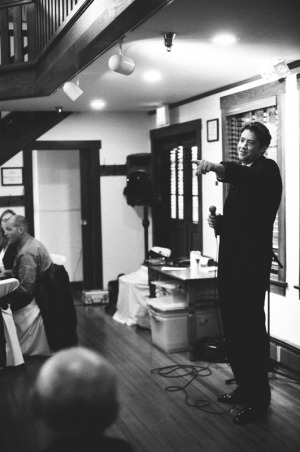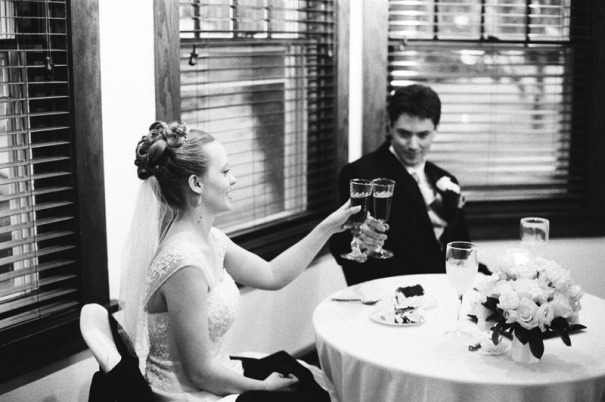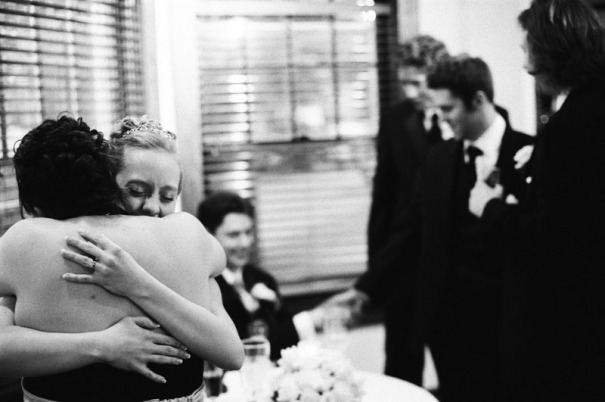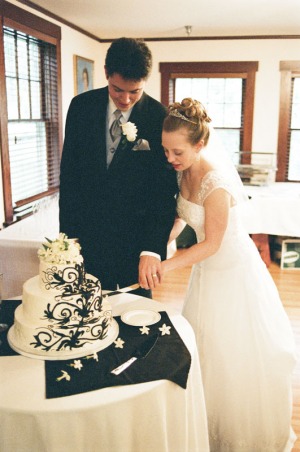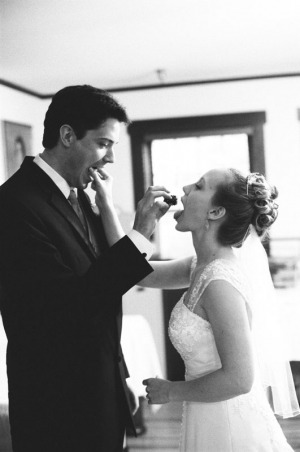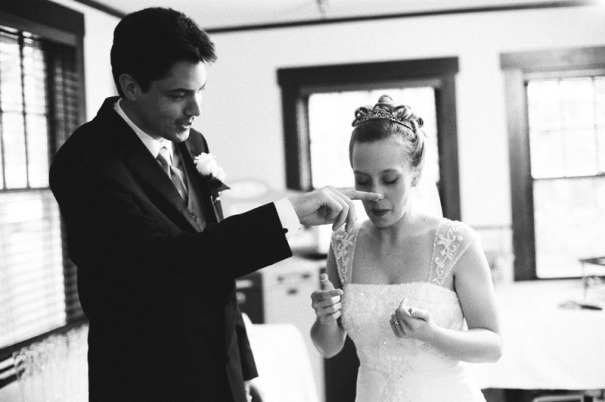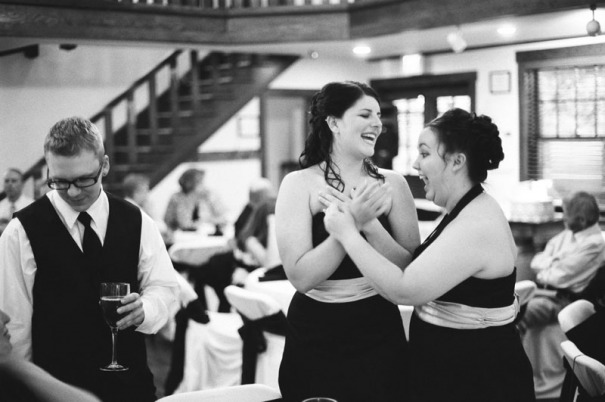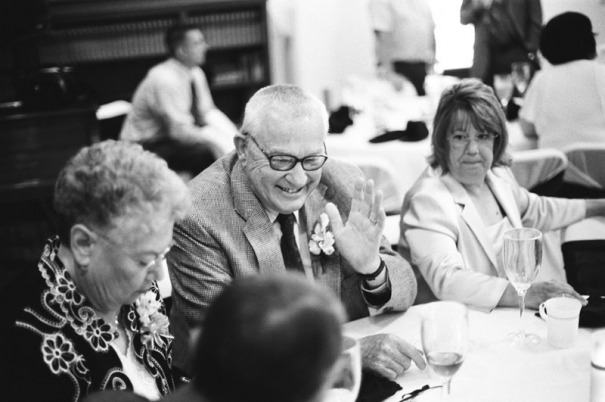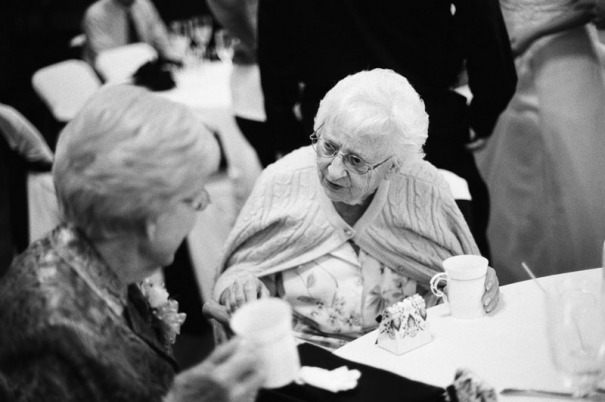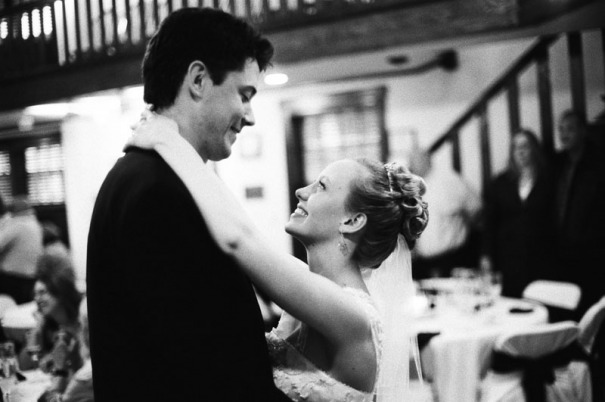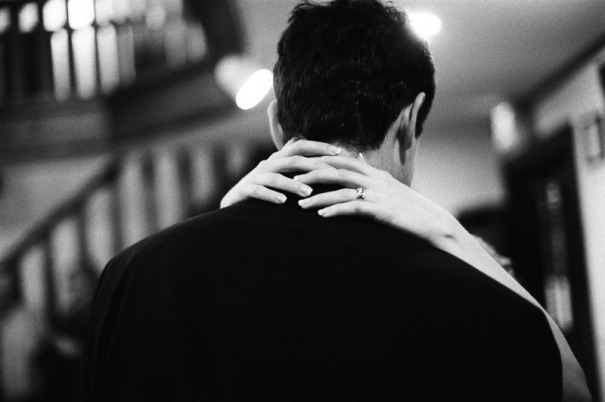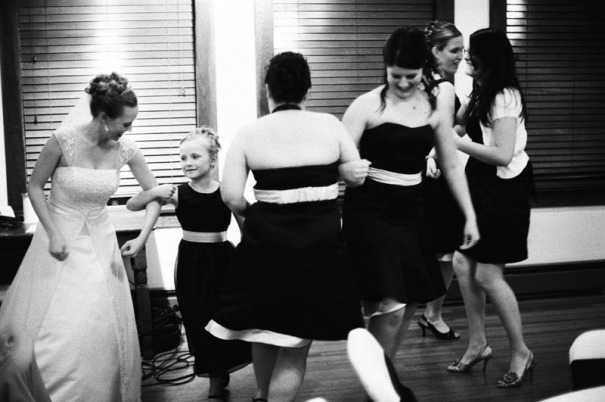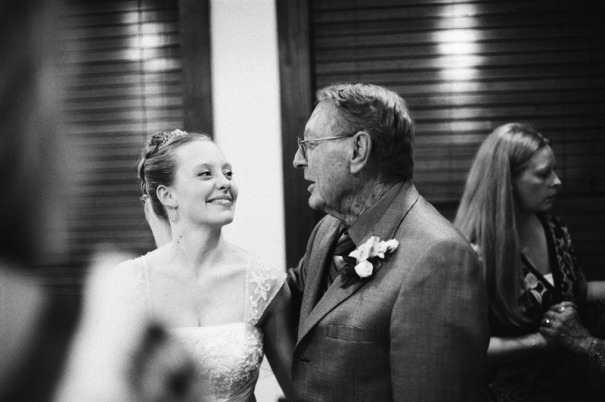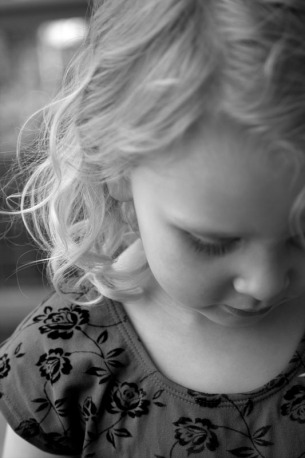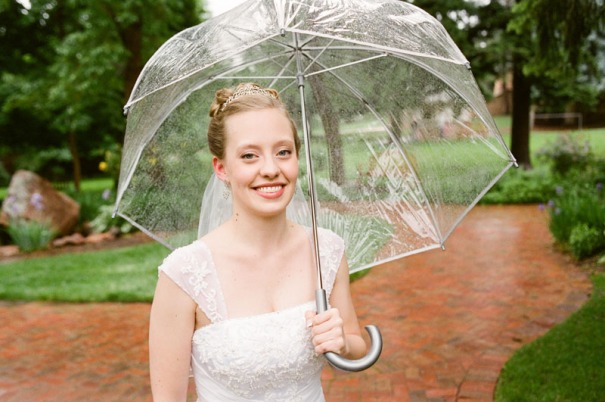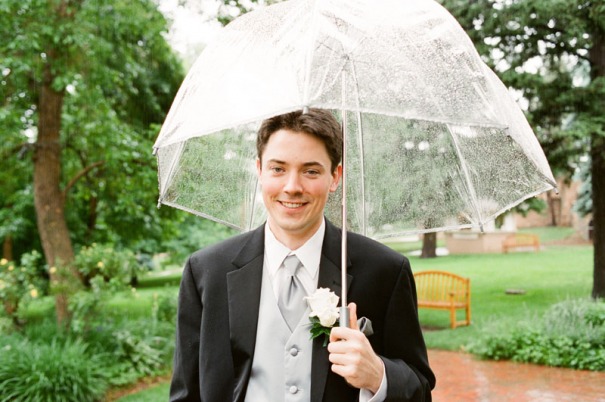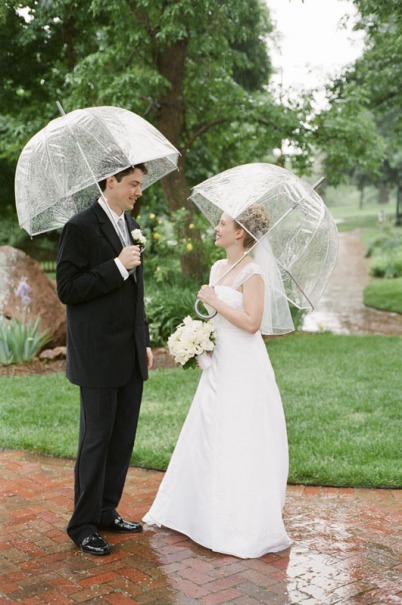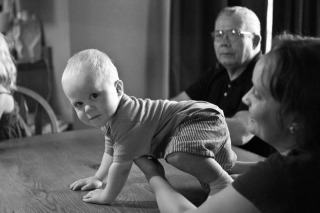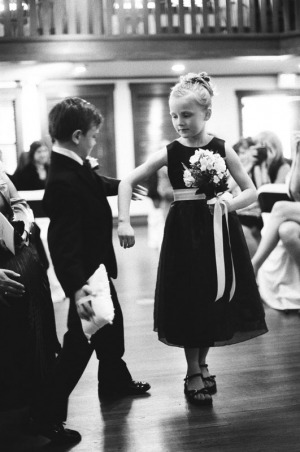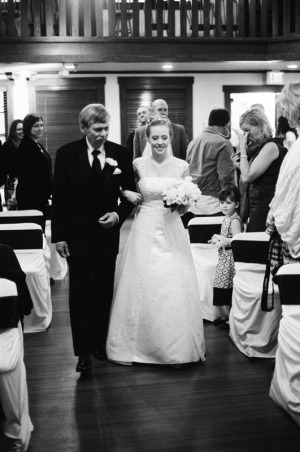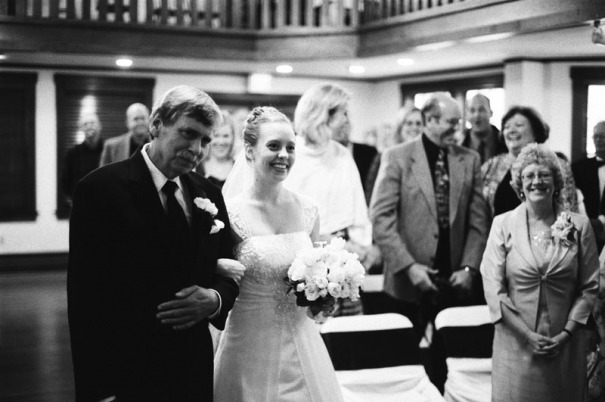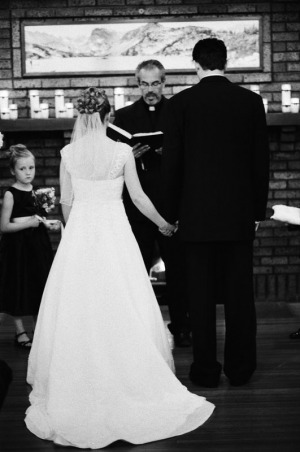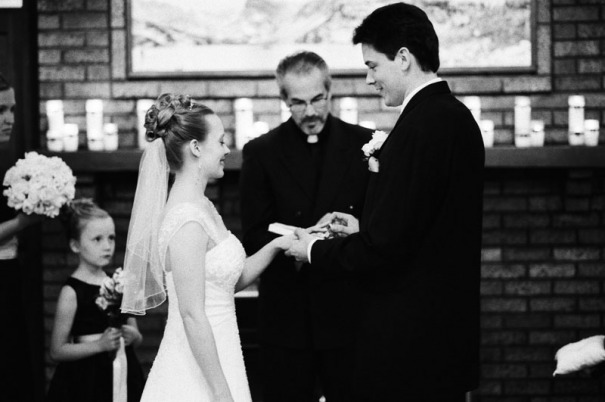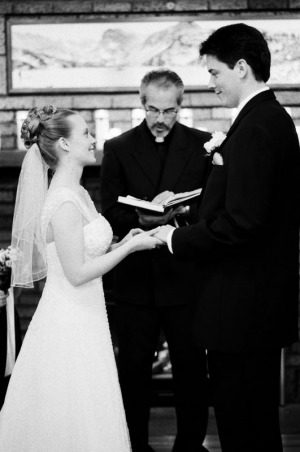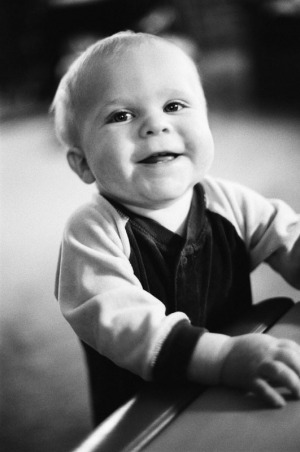There is a trend right now to turn bridal portraits into edgy fashion shots. While this works for a lot of photographers, it is not really my thing. I really prefer quiet, authentic bridal portraits like the ones shown below.
We made these portraits after coming in from the rainy bride/bridesmaids portrait session before Kate and Brandon’s intimate wedding at the Chautauqua Community House in Boulder, CO. I had Kate sit down in a chair next to a window in the little cottage where the ladies got dressed. This gave me beautiful soft window light coming from camera right, a nice gradation of tone on the simple white wall in the background, and just a tiny bit of rim light coming from another window behind Kate’s camera left shoulder. This is very traditional, and beautiful, portrait light that was achieved simply by looking around and placing the subject in the right location. No artificial lighting necessary.
I shot these images as Kate sat and chatted with her bridesmaids. This kept the situation light, and made for authentic and interesting expressions. I really love the shot that shows Kate’s wonderful profile. The perfect hair, translucent veil, and lace shoulders of the dress combine to lend the picture a sense of delicate beauty. It has a timeless quality that will keep it from looking dated in the decades to come.
You can click on either of the images to see them larger. Enjoy…
Tech Info:
Very soft window light coming from camera right + subtle rim light coming from back camera left
Nikon F100
Nikon 50mm f1.4
Legacy Pro 400 (AKA Fuji Neopan 400)
Richard Photo Lab
